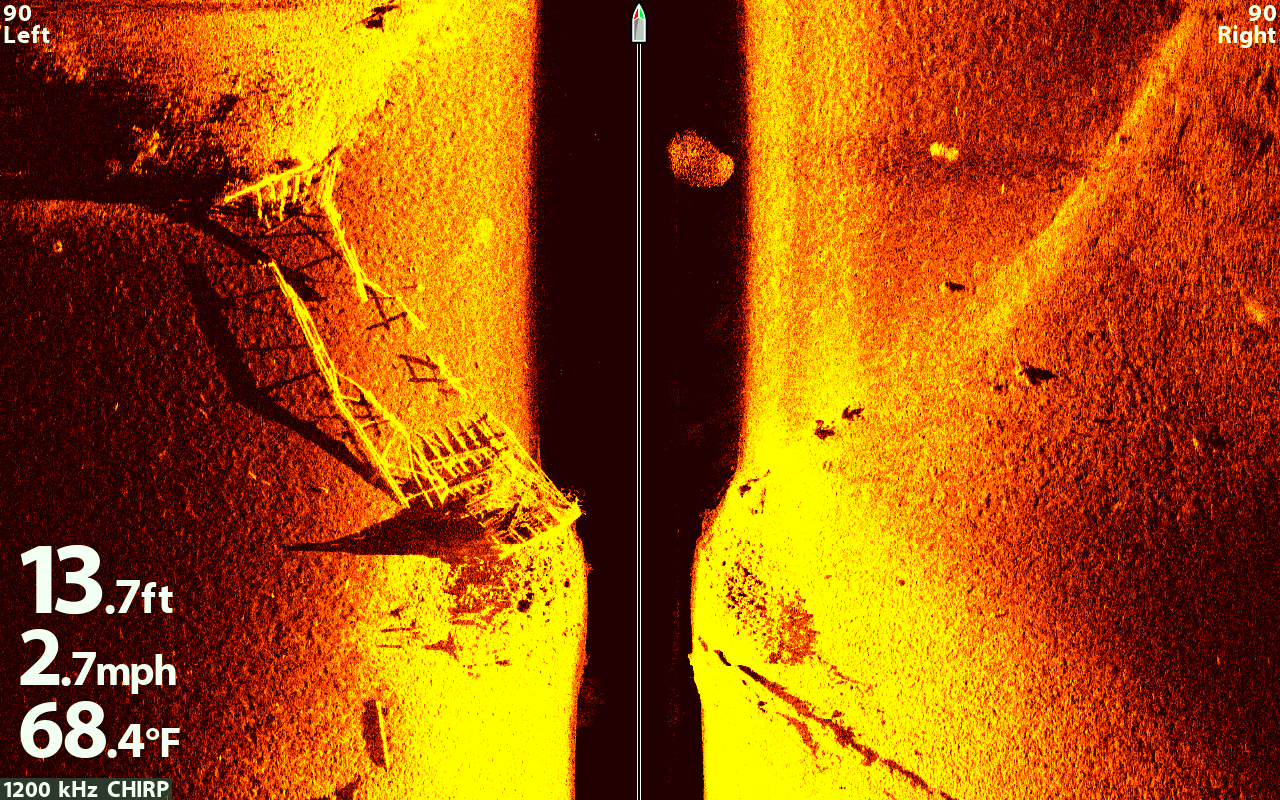When it comes to side imaging, picking the right equipment can feel overwhelming, especially with so many options available. However, making an informed choice can greatly enhance your experience on the water. Start by considering your specific needs, budget, and the type of fishing or boating you plan to do. Let’s break down the key factors to keep in mind.
- Transducer Type: The transducer is crucial for side imaging. Look for one with a wide beam angle for broader coverage.
- Display Quality: A high-resolution screen will give you clearer images. Consider size and brightness, especially for sunny days.
- Frequency: Most units operate at dual frequencies (200 kHz and 83 kHz). Higher frequencies provide detailed images but cover less area, while lower frequencies cover more area but with less detail.
- Connectivity: Modern side imaging devices often come with GPS and networking capabilities. This can be helpful for saving waypoints and sharing data.
- Budget: Prices can vary widely. Set a budget and look for equipment that balances features and cost.
Taking the time to research and compare different models can help ensure you find the right side imaging equipment to suit your needs and preferences.
Common Applications of Side Imaging

Side imaging technology has many practical applications that extend beyond just fishing. Understanding these can help you make the most of your equipment. Here are some common uses:
- Fishing: Locate schools of fish and identify their hiding spots, which can lead to a more productive day on the water.
- Surveying: Use side imaging for underwater surveys, helping you map out structures and habitats.
- Recreational Boating: Navigate safely by identifying obstacles and submerged structures that could pose a risk.
- Scientific Research: Gather data on aquatic ecosystems, including vegetation and habitat types.
Side imaging can also enhance your overall enjoyment of the water, providing a new way to explore and understand underwater landscapes.
Tips for Effective Side Imaging
To get the most out of your side imaging equipment, it's essential to understand how to use it effectively. Here are some handy tips to help you optimize your side imaging experience:
- Adjust Settings: Experiment with sensitivity and contrast settings to find what works best for your environment.
- Use Proper Speed: Maintain a steady speed while scanning; moving too fast can lead to missed details.
- Scan in Different Depths: Adjust the depth range based on the area you are exploring to get the best images.
- Learn to Interpret Images: Take time to study the images and learn what different shapes and structures represent.
- Practice: The more you use your equipment, the more familiar you'll become with its features and the underwater environment.
By following these tips, you can enhance your skills and become more confident in using side imaging technology, making your time on the water both enjoyable and productive.
Challenges When Using Side Imaging
While side imaging technology offers fantastic benefits, it also comes with its own set of challenges. Understanding these obstacles can help you prepare better and improve your overall experience on the water. Here are some common challenges you might face:
- Learning Curve: For beginners, the technology can be complex. It takes time to understand how to interpret the images and adjust settings properly.
- Interference: Other electronic devices on your boat, like radios or GPS, can interfere with your side imaging signal, resulting in unclear images.
- Water Conditions: The quality of the images can be affected by murky water, debris, or waves. Calm, clear conditions yield the best results.
- Installation Issues: Mounting the transducer correctly is vital. A poorly placed transducer can lead to inaccurate readings and frustrating experiences.
- Cost: High-quality side imaging equipment can be expensive. It's important to weigh the benefits against your budget before making a purchase.
Being aware of these challenges can help you tackle them head-on, leading to a more rewarding experience as you get to know your equipment and the underwater world better.
Frequently Asked Questions About Side Imaging
If you’re new to side imaging, you probably have a lot of questions. Here are some frequently asked questions that can help clarify this technology:
| Question | Answer |
|---|---|
| What is side imaging? | Side imaging is a sonar technology that provides a detailed view of underwater structures and objects to the sides of your boat. |
| How does side imaging differ from traditional sonar? | Traditional sonar shows a single beam beneath the boat, while side imaging scans a wider area on either side. |
| Can I use side imaging in shallow water? | Yes, but performance may vary based on water conditions and the equipment used. Always check your unit's specifications. |
| Do I need special training to use side imaging? | While not mandatory, taking the time to learn the basics and practice can significantly improve your effectiveness. |
| What maintenance does side imaging equipment require? | Regularly clean the transducer and check for software updates to ensure optimal performance. |
Understanding these questions can help demystify side imaging technology and boost your confidence in using it.
Conclusion on Side Imaging for Beginners
In summary, side imaging technology is an exciting tool that can transform how you fish and navigate underwater environments. While it comes with challenges, the advantages far outweigh them once you become familiar with your equipment. By choosing the right tools, understanding common applications, and learning effective techniques, you can significantly enhance your experience on the water.
Remember to practice regularly and don’t hesitate to seek help or resources to improve your skills. With time and patience, you'll be well on your way to mastering side imaging technology and enjoying everything it has to offer. So, grab your gear, hit the water, and start exploring!

 admin
admin








